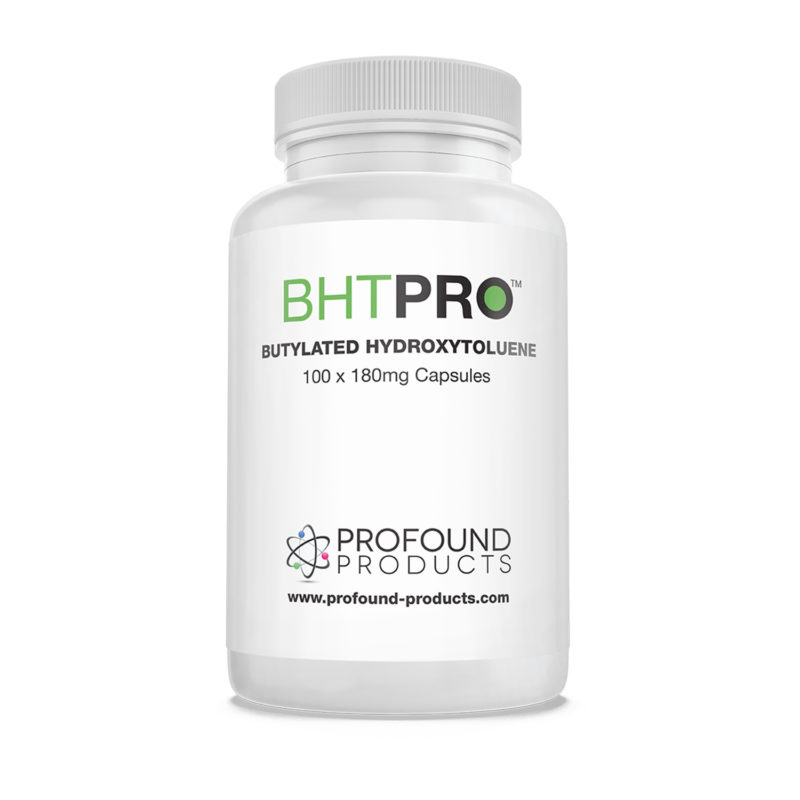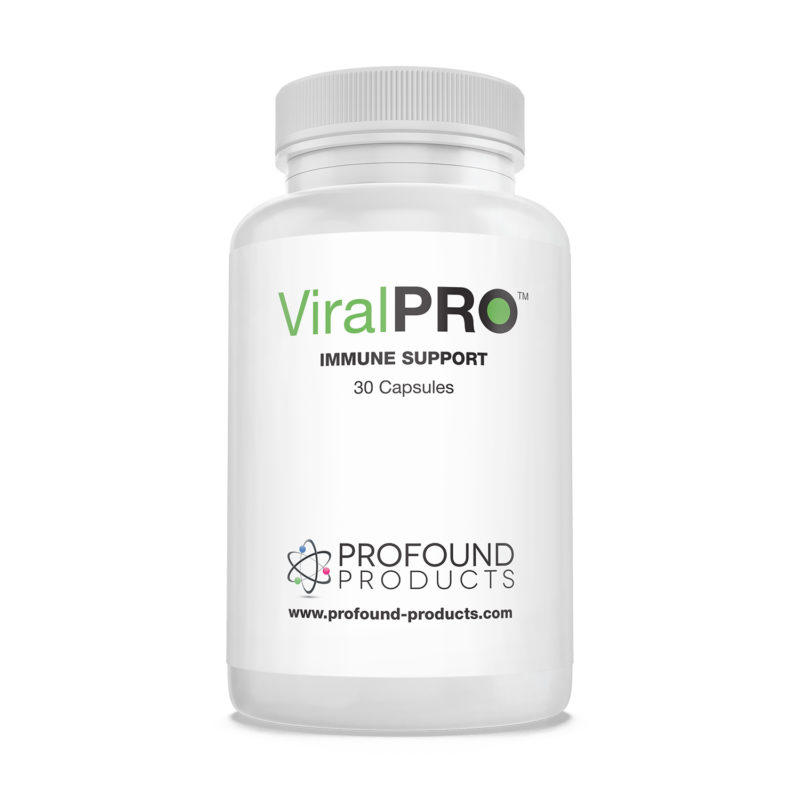How to take BHT (Butylated hydroxytoluene) for Herpes
According to the American Sexual Health Association the Herpes Simplex virus is very common, Statistics in the U.S show:
- 1 in 8 people aged 14-49 have contracted genital herpes
- 1 in 2 people aged 14-49 are infected with HSV-1, oral herpes (cold sores)
The Herpes virus is almost always transmitted through skin to skin contact and results in flare-ups of itching blisters and sores around the mouth, face and genitals.
You can contract herpes:
- From skin to skin contact with an infected area
- When there are no visible blisters or sores
- If a cold sore touches your genitals.
You can’t get herpes:
- From sharing objects such as cutlery, cups or towels with an infected person- the virus dies quickly when away from the skin. ( NHS Genital Herpes).
Once you have contracted the Herpes virus, it stays in your body and can lay dormant. It won’t spread around your body to cause blisters elsewhere; it stays in a nearby nerve and causes blisters in the same area. Triggers that can cause breakouts are:
- Being unwell
- A weakened immune system
- Emotional or physical stress
- UV rays- sun exposure or sunburn
HSV1 or cold sores as they are more commonly known are fluid filled blisters that appear around the mouth, nose and cheeks. Cold sores on average last around 7 to 12 days and they develop through ’the 5 stages’ known as:
- The tingling stage
- The blister stage
- The weeping stage
- The scabbing stage
- The healing stage
When experiencing a HSV1/2 outbreak it is important to keep the area clean to prevent the blisters from becoming infected. You should also wash your hands before and after touching any blisters, and also avoid touching other parts of the body such as your eyes and genitals.
How can some people be infected without knowing it?
Some people who contract the Herpes Simplex will never experience any outbreaks, but still carry the virus and can pass it on. As many as 90% of people with genital herpes aren’t aware that they are infected, which is how people can spread it unknowingly. Most people with genital Herpes have little to no symptoms and they may mistake them for another skin condition, spot or ingrown hair.
Scientists and doctors report that Herpes is incurable, as they haven’t yet found a vaccine or treatment that destroys the virus. The treatments available are strict diets to keep the virus inactive, ointments that mask symptoms and toxic, marginally effective acyclovir-like drugs that interfere with DNA.
What is BHT?
BHT (Butylated hydroxytoluene) is a potent antioxidant that had been found to be effective in treating a number of viral conditions including hepatitis B & C and lipid-coated viruses such as herpes and even Glandular Fever.
A paper published in the journal of Science showed that BHT could inactivate the Herpes Simplex and other lipid coated viruses (1).
This is due to BHT being approved by the FDA as a food preservative and not a medicine, it is difficult to preform human trials. Furthermore, BHT is an inexpensive and common substance which is unpatenable. This means that no pharmaceutical company will invest money into research, trails or certifying it as a medicine.
Based on early studies, some individuals with the Herpes virus began to experiment with BHT, using doses between 250-3000mg per day. The results revealed a reduction in outbreaks, other participants outbreaks remained suppressed for as long as they continued the dose and some were able to discontinue the course with no recurrences. (2)
BHT (butylated hydroxytoluene) works against the virus by disrupting the lipid membranes, in turn making them vulnerable to the immune system and damaging their ability to penetrate human cells. BHT also eliminates the binding proteins that the virus uses to pierce through cell membranes. Acting as an antioxidant, BHT neutralizes free radicals that damage cell membranes and cause inflammation.
How is best to take BHT?
According to the BHT book by Steven Fowkes, BHT usually comes in capsule form. Fowkes also discusses the ways in which BHT can be administered. BHT can be taken orally by capsule, rectally by suppository, or even topically by dissolving the power into fat or oil and applying it to the skin.
During Fowkes research, they received complaints from people who were taking BHT on an empty stomach and weren’t receiving any beneficial results in minimizing or eradicating outbreaks. Although when pre dissolving it in fat or oil and taking with fatty foods the participants symptoms drastically improved.
Dissolving BHT in Fat
Any vegetable oil will dissolve BHT, it is suggested using coconut oil due to its high saturated fat content and a BHT coconut oil mixture has a longer shelf life.
Open one capsule and add its contents to cooking oil or oily food such as peanut butter. Use your oil of choice e.g. Olive oil, Sunflower oil, vegetable oil etc, heat gently until warm to the touch; stirring will help it to dissolve faster. Taking BHT in this way helps to get the contents to absorb into the body more efficiently.
If you are interested to find out more, Steve Fowkes speaks about the properties of BHT in great detail in the BHT book: A practical guide to resolving viral disease. The book offers a biologically sustainable solution to chronic viral disease.
Research/ Studies:
- The BHT book/ by Steven Wm. Fowkes: http://www.projectwellbeing.com/wp-content/uploads/2011/02/BHTbook-StevenWmFowkes-100903.pdf
- 25 years ago, BHT shown to inactivate Herpes Virus: https://www.ncbi.nlm.nih.gov/pmc/articles/PMC352602/pdf/aac00271-0085.pdf
- The effect of orally administered Butylates Hydroxytoluene on Herpes Simplex Keratitis/ By Donald Carson: https://digitalcommons.wku.edu/cgi/viewcontent.cgi?article=2379&context=theses

